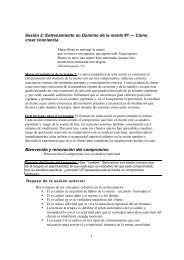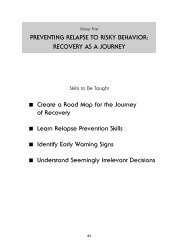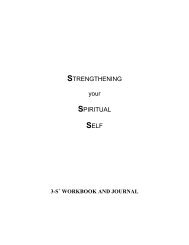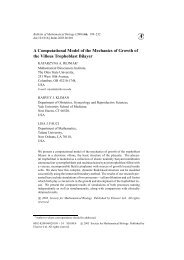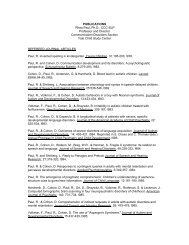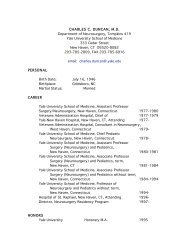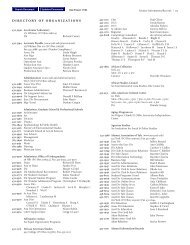The Spiritual Self Schema (3-S) Development Program
The Spiritual Self Schema (3-S) Development Program
The Spiritual Self Schema (3-S) Development Program
You also want an ePaper? Increase the reach of your titles
YUMPU automatically turns print PDFs into web optimized ePapers that Google loves.
Step 1: Increasing the number of contexts for <strong>Spiritual</strong> selfschema<br />
activation<br />
Now that you have incorporated into your <strong>Spiritual</strong> self-schema each of<br />
the qualities you listed as the moment-by-moment destinations of your<br />
<strong>Spiritual</strong> path, you will increase the number of contexts in which your<br />
new <strong>Spiritual</strong> self-schema is activated. You will begin by activating your<br />
<strong>Spiritual</strong> self-schema not only in more and more contexts that are<br />
compatible with the experience and expression of your <strong>Spiritual</strong> nature,<br />
but also in contexts in which you may have difficulty remaining on<br />
your <strong>Spiritual</strong> path. For example, you may find that experiencing and<br />
expressing your <strong>Spiritual</strong> nature is difficult when in the company of<br />
certain individuals, or when you are in locations or situations, or<br />
engaged in activities, that trigger the activation of incompatible selfschemas.<br />
If this is true for you, you will need to discipline yourself to<br />
take back control of your thoughts, feelings, and behaviors, rather than<br />
allowing yourself to be controlled by your automatic pilot's habitual<br />
reactions to perceived obstacles (real or imagined) that cause you to<br />
swerve mindlessly off your <strong>Spiritual</strong> path and onto old habitually<br />
traveled paths that lead to suffering.<br />
Reflect. Reflect on those people, places, situations, and activities<br />
that are part of your daily life and that have been incompatible with you<br />
being able to experience and express your <strong>Spiritual</strong> nature. Reflect on<br />
which of these can be avoided during the next week, and which ones<br />
cannot; the ones that cannot be avoided will need to be transformed.<br />
(You will eventually also transform those that you now avoid.<br />
However, to make your task more manageable in the beginning, select<br />
only those people, places, situations, and activities that are usually<br />
incompatible with you remaining on your Path that cannot be avoided<br />
during the coming week). Reflect first on whether there are any early<br />
warning signals (your cues-to-action) that could let you know when you<br />
are in danger of veering off your Path. <strong>The</strong>n reflect on the cognitive<br />
scripts and behavioral action sequences that you can deploy to keep you<br />
on track. For example, you might want to have a particular prayer or<br />
passage from scripture ready to recite in such a context, or an<br />
appropriate self-affirmation (e.g., I remain focused on my <strong>Spiritual</strong> path;<br />
what would my (.... <strong>Spiritual</strong> Guide .....) do in this situation?). Also<br />
56



